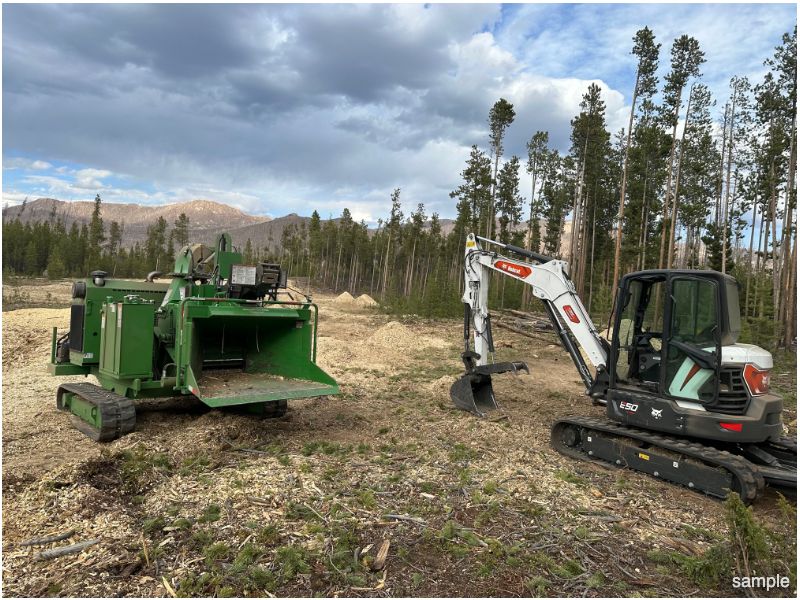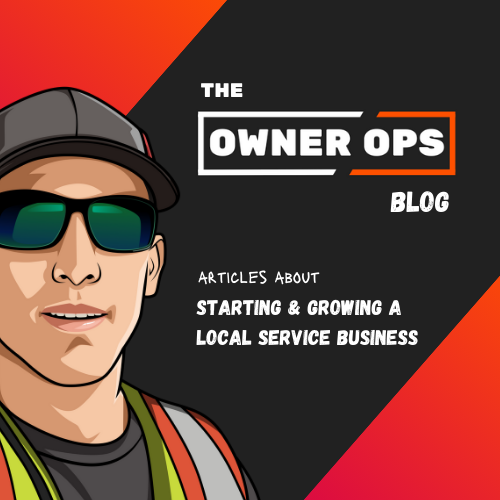Starting a service-based business, whether it’s a pressure washing company or an excavation service, often involves a strategic investment in equipment. Making informed decisions about the tools you’ll use is crucial for long-term success. In this blog post, we’ll explore key factors to consider when determining what equipment to invest in – from cost considerations to the impact on revenue and profitability, including the important aspects of depreciation and owning assets.
1. Cost Analysis
- Upfront Costs: Begin by evaluating the upfront costs of the equipment you need. Consider both new and used options, weighing the initial investment against your budget.
- Operating Costs: Look beyond the purchase price. Consider maintenance, fuel, and repair costs associated with each piece of equipment. Opt for tools that strike a balance between quality and ongoing expenses.
- Depreciation: Factor in the depreciation of assets over time. Understanding how each piece of equipment depreciates can help you plan for future replacements and assess the overall cost of ownership.
2. Profitability Potential
- Efficiency: Assess how the equipment will enhance your business’s efficiency. Time saved is money earned in the service industry. Choose tools that can streamline your operations and allow you to serve more clients.
- Versatility: Opt for versatile equipment that can handle a range of tasks. This not only increases your service offerings but also maximizes the return on investment for each piece of equipment.
3. Revenue-Driven Decisions
- Capacity: Evaluate the capacity of the equipment to handle your expected workload. Consider both current and future needs, ensuring that your tools can grow with your business.
- Market Demand: Research the market demand for specific services and the equipment required to meet those demands. Align your investments with the needs of your target audience.
4. Impact on Service Quality
- Quality Assurance: Invest in equipment known for reliability and quality. The last thing you want is to compromise the quality of your services due to faulty tools. Prioritize reputable brands with a track record of durability.
- Customer Satisfaction: Recognize the impact of well-maintained, high-quality equipment on customer satisfaction. Satisfied customers are more likely to become repeat clients and refer your services to others.
- Owning an Asset: Consider the long-term benefits of owning assets. While there are upfront costs, owning equipment adds value to your business and can be a tangible asset on your balance sheet.
5. Technology and Innovation
- Stay Current: In rapidly evolving industries like pressure washing and excavation, staying current with technological advancements is key. Consider equipment that incorporates the latest innovations to ensure your business remains competitive.
- Training and Adaptability: Factor in the ease of training your staff to use new equipment. Choose tools that are user-friendly and adaptable, minimizing downtime associated with the learning curve.
Conclusion
Investing in the right equipment is a critical step in establishing a successful service-based business. By carefully analyzing costs, profitability potential, revenue-driven decisions, impact on service quality, and embracing technology, you can make informed choices that contribute to the growth and sustainability of your business. Remember, each piece of equipment is not just an expense; it’s an investment in the future success of your venture, with considerations for depreciation and the value of owning assets. Questions? Get in touch with our team by visiting: ownrops.com. We look forward to hearing from you!




